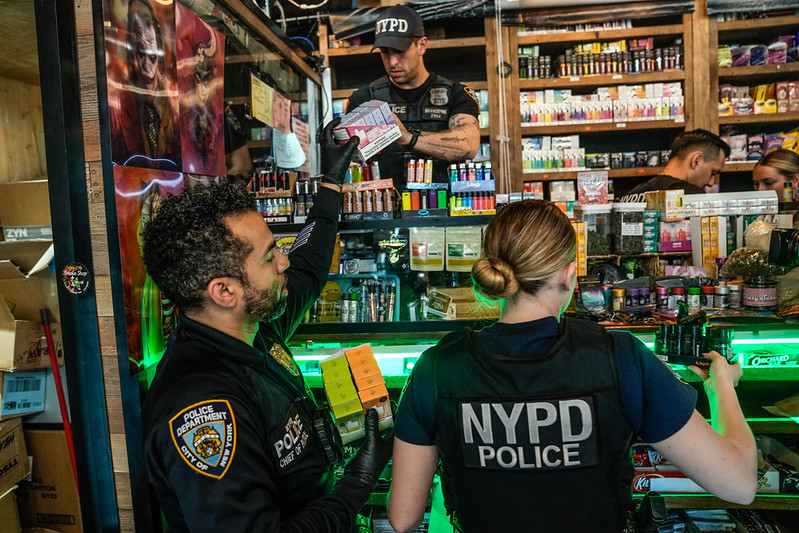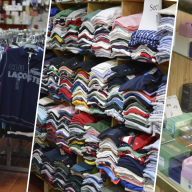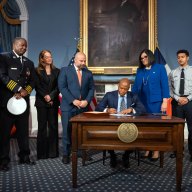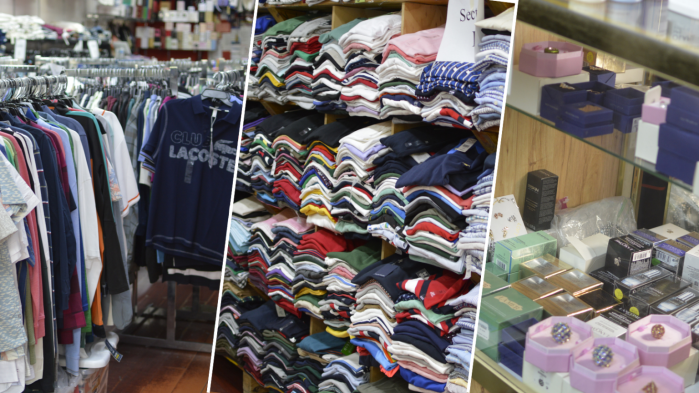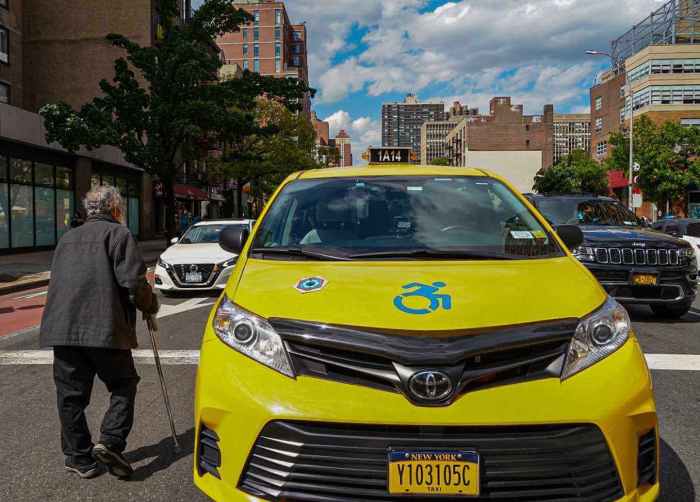By Philip Newman
The Queensbridge station was first among the top five stations in a 50-station survey made by the New York City Transit Riders Council. The station received a grade of 90 percent in ratings on cleanliness, working telephones, condition of walls, ceilings and other criteria. Mosholu Parkway in the Bronx was cited as the worst subway station among those judged with a 59 percent rating. “This Queensbridge and 21st Street station was, like some other stations that did well in our survey, comparatively recently renovated,” said Ellyn Shannon of the Transit Riders Council. Nevertheless, she said, it is was not perfect. “Queensbridge was cited for water on floors and leaking from the ceiling and a dirty ceiling,” Shannon said. The Queensbridge station with its brown brick walls was opened after extensive renovation Oct. 29, 1989.No other Queens subway station was rated in the top five, which included Grand Army Plaza on the 2 and 3 lines in Brooklyn, Intervale Avenue on the 2 and 5 lines in the Bronx, Pack Place on the S line in Brooklyn and 81st Street at the Natural History Museum on the B and C lines in Manhattan. Other Queens stations and their ratings and rankings: Beach 25 Street on the A line (73 percent) No.34; Jamaica/Van Wyck on the E line (77 percent) No. 22; 82nd Street Jackson Heights on the 7 line (79 percent) No. 20; 46th Street Bliss on the 7 line (81 percent) No. 17; Queensboro Plaza on the 7, N and W lines (52 percent) No. 14; Willets Point Shea Stadium on the 7 line (83 percent) No. 11; 90th Street, Elmhurst Ave. on the 7 line (84 percent) No 9; and Aqueduct N. Conduit Avenue on the A line (83 percent) No. 13.Shannon said what drew criticism of the Beach 25 Street station was graffiti, odor and water leaking from walls as well as general time throughout the station. Along with Mosholu Parkway station, all the remaining stations in the five worst were in the Bronx except for Atlantic Avenue in Brooklyn. All but Mosholu rated in the low 60s percent in problems inspectors found. Cleanliness and condition of floors was a problem in 50 percent of those surveyed, while litter was found in 42 percent of stations. It was the first such survey conducted by the agency in 10 years. “Improvements were made in the number of stations with telephones since 1994,” the survey said.At that time, the council found that 32 percent of stations had no telephones in any areas that were evaluated. The current survey found only one station without a telephone. However, 11 percent of telephones did not work.In 10 years, the problem of exposed wires has worsened from 36 percent in 1994 to 54 percent of stations. The New York City Transit Riders Council was established in 1981 by the New York State Legislature to represent bus and subway riders. The 15 council members are users of the transit system and are appointed by the governor upon the recommendation of the mayor, the New York City public advocate and borough presidents.Reach contributing writer Philip Newman by e-mail at news@timesledger.com or call 718-229-0300, Ext. 136.






